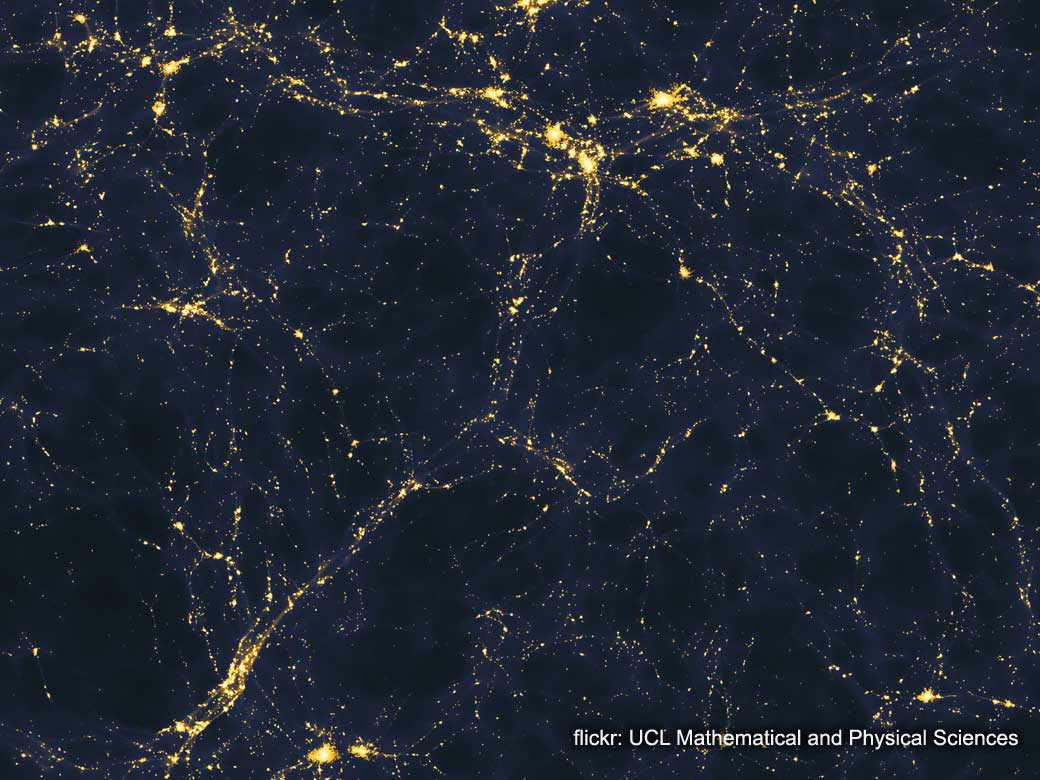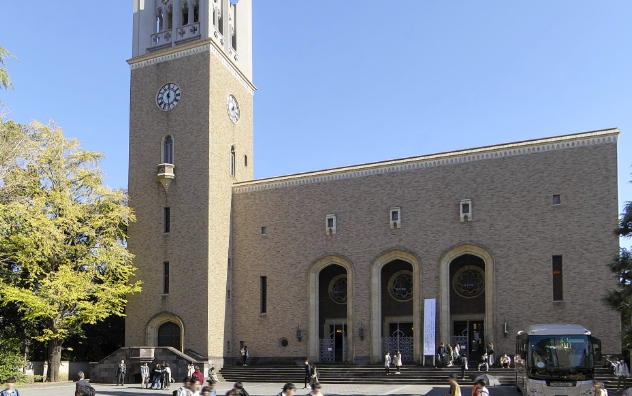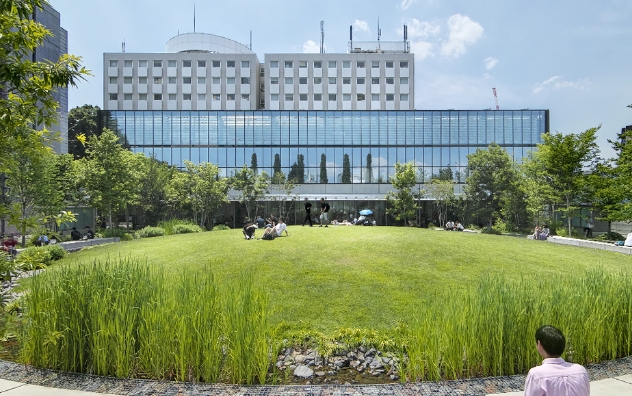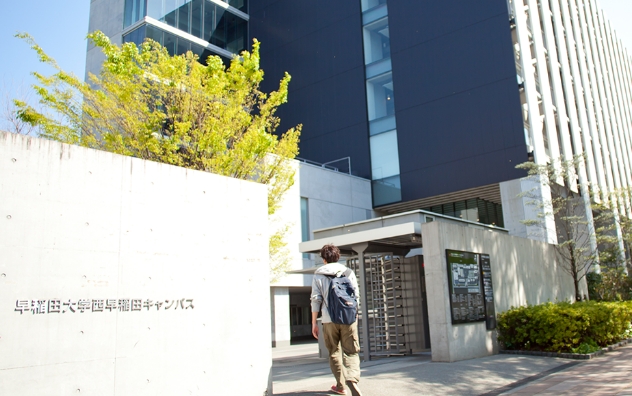Can Kounotori uncover the secrets of dark matter? More on the National Geographic Channel
Fri, Jun 10, 2016-
Tags
Professor Torii on “Fly Me to the Stars: Japan’s Space Challenge”
Kounotori, a spacecraft loaded with a device known as “CALorimetric Electron Telescope (CALET),” was launched in August 2015. CALET, designed to identify high-energy cosmic rays in high resolution, was taken out of the spacecraft and installed on the extravehicular experimental platform of the International Space Station (ISS) Japanese Experiment Module, Kibo. Parts of its observation will be featured on the National Geographic Channel‘s program “Fly Me to the Stars: Japan’s Space Challenge” in mid-June (detailed schedule here).
 Professor Shoji Torii, the CALET Project representative, has made observations of high-energy cosmic rays from earth for years and continued to develop CALET, the life’s work of his research, starting 10 years ago in his laboratory. In an interview before launching CALET, he commented as follows:
Professor Shoji Torii, the CALET Project representative, has made observations of high-energy cosmic rays from earth for years and continued to develop CALET, the life’s work of his research, starting 10 years ago in his laboratory. In an interview before launching CALET, he commented as follows:
“I have always been fascinated with how space came to be and what exists there. I have observed high-energy cosmic rays from Mount Fuji when I was a graduate student and later at an elevation of 4,300m in a joint project with China in Tibet. Then, in 2006 and 2009, we conducted performance tests on CALET’s prototype with a balloon observer at an altitude of approximately 35km.”
In addition, energy calibration tests of elementary-particle reaction caused by electrons, protons, and atomic nucleus using the world’s largest particle accelerator at the European Organization for Nuclear Research (CERN) were performed on CALET. Professor Torii explained that “We replicated air showers with computer simulations using the experimental results at CERN before going to space. Now, we can distinguish beforehand whether the energy observed by CALET is based on photons, protons, or atomic nucleus.”
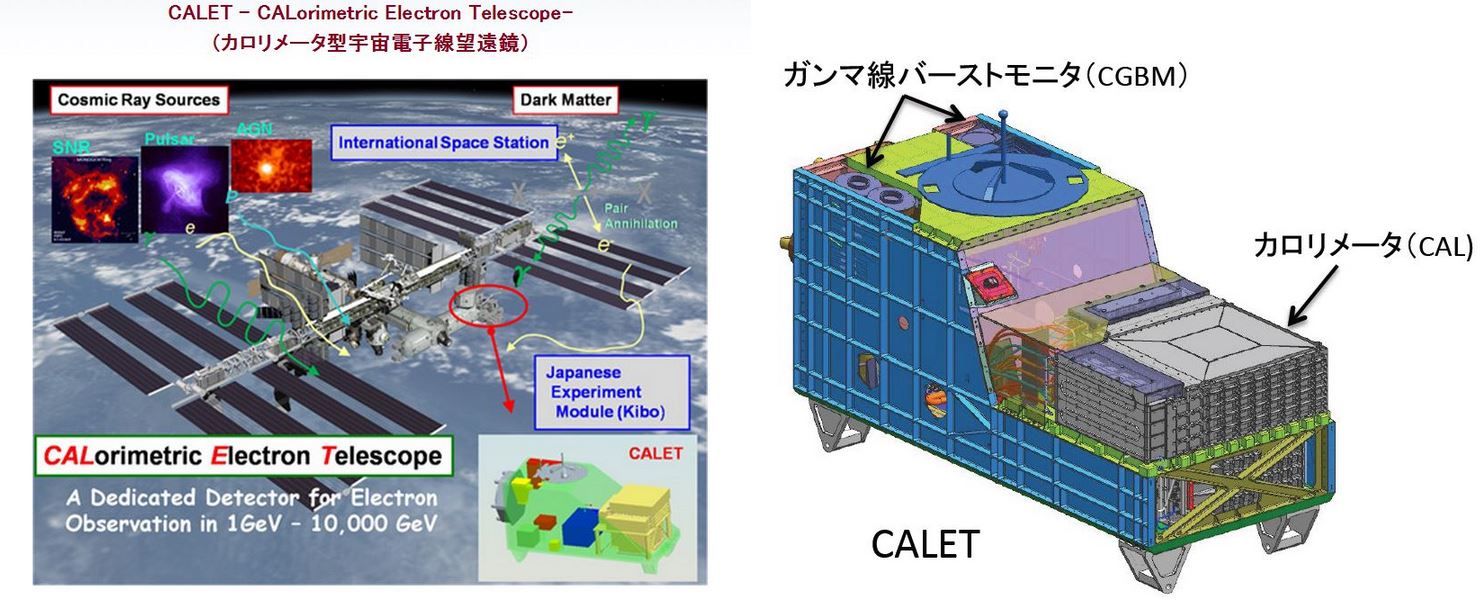
Professor Torii himself will discuss how the data from Kibo will contribute to unravel the mysteries of space on the National Geographic Channel. We hope you will find the cosmic exploration of Professor Shoji Torii’s astrophysics research exciting.
Fly Me To The Stars: Japan’s Space Challenge (in Japanese)
Related Links
- Waseda Frontline Research: A new challenge to solve the mysteries of the universe Vol.5-1
- Waseda Frontline Research: A new challenge to solve the mysteries of the universe Vol.5-2
- Waseda Frontline Research: A new challenge to solve the mysteries of the universe Vol.5-3
Profile
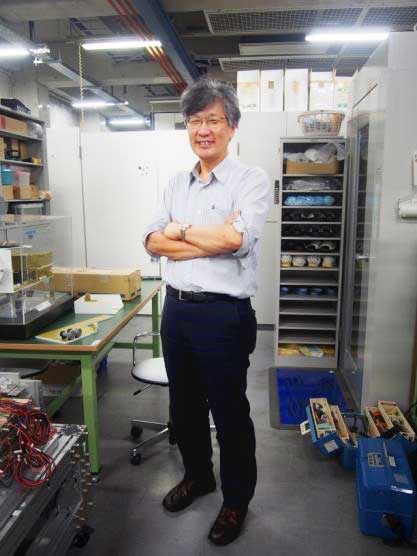
Professor Shoji Torii graduated from Kyoto University’s Faculty of Science in 1972. He completed the doctoral program at Kyoto University’s Graduate School of Science without a degree in 1997 and obtained a Doctorate of Science at Kyoto University in 1978. Torii became an incentive researcher at the Japan Society for the Promotion of Science (Institute for Cosmic Ray Research, the University of Tokyo) in 1977, a researcher at Tokyo University’s Institute for Cosmic Ray Research in 1979, and a research associate at Utah State University’s Faculty of Physics. Torii became an assistant, instructor, Associate Professor and Professor at Kanagawa University’s Faculty of Engineering in 1983. He became a Professor of Waseda University’s School of Science and Engineering in 2004. He currently serves as Professor at the Waseda Research Institute for Science and Engineering, Director of WASEDA Institute for Space Science Observation System, and representative of the CALET project. He is an expert on the physics of cosmic rays and was Commissioner of the Japan Physical Society (61st and 62nd periods).


